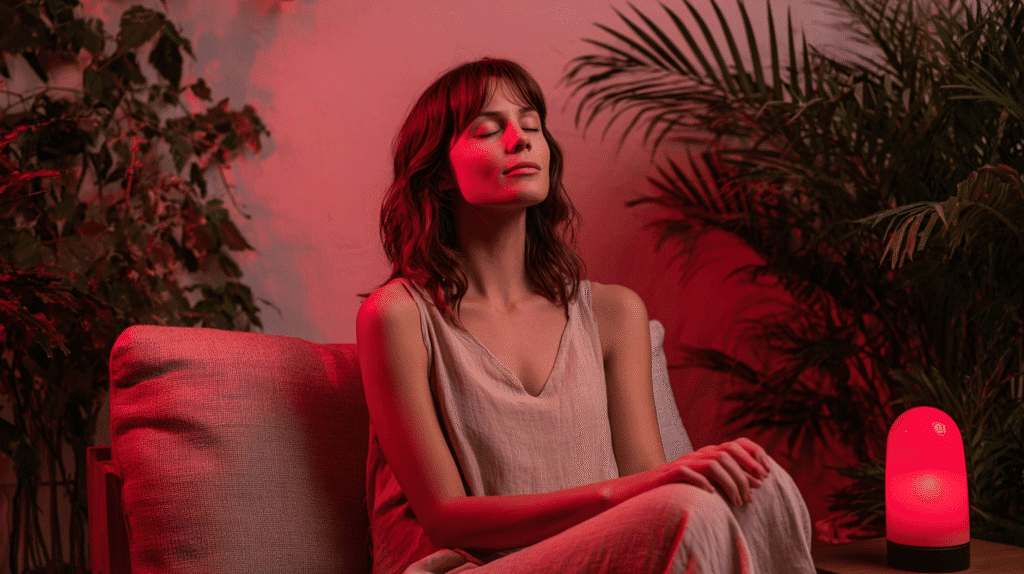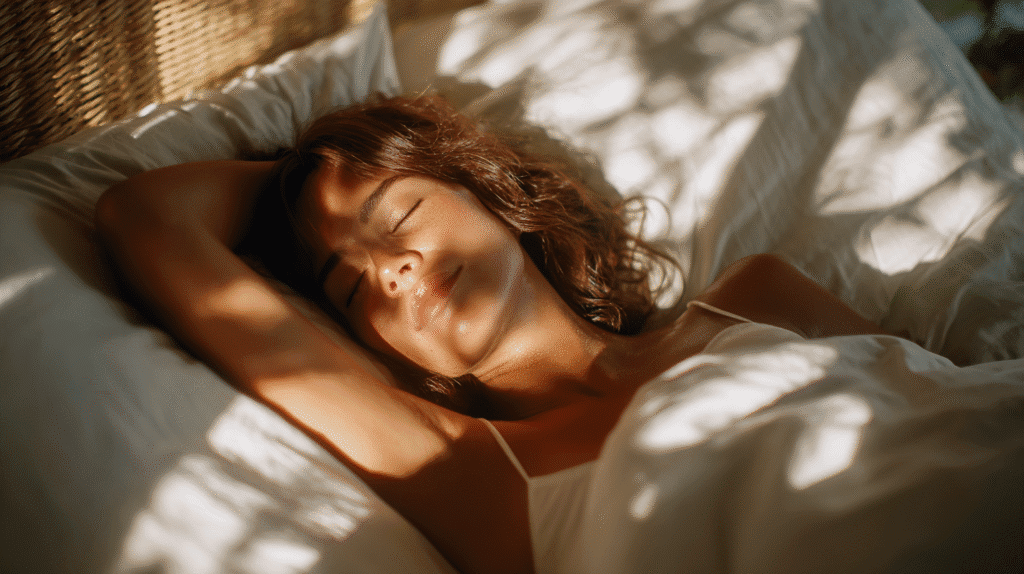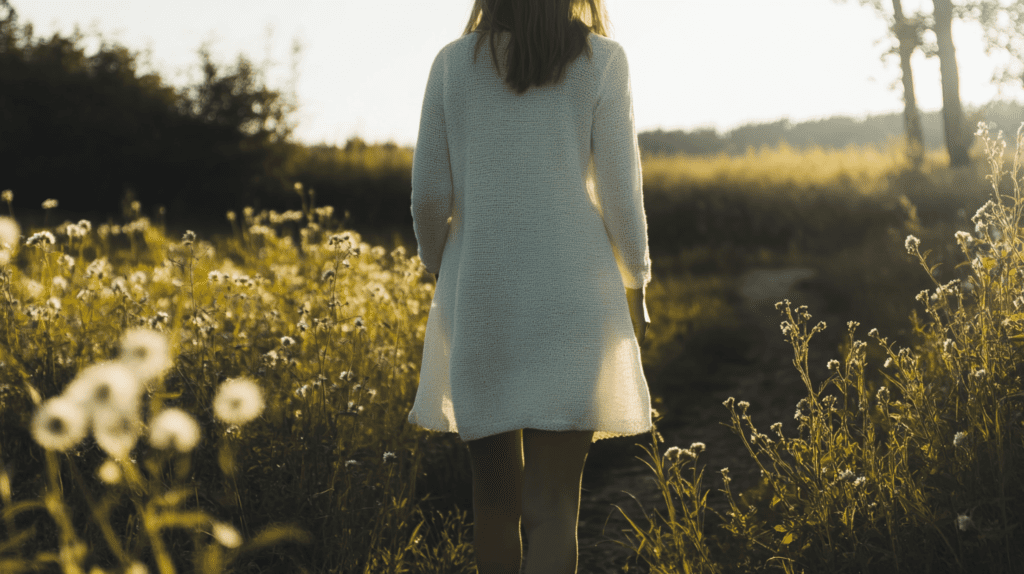This post may contain affiliate links, including those from Amazon Associates. If you make a purchase through these links, I may earn a commission at no additional cost to you. Learn more about our affiliate policy.
Every year, as the first leaves begin to curl and turn golden, I notice the subtle shift in my energy.
Mornings arrive with a softer light, evenings seem to creep in too quickly, and somewhere between the earlier sunsets and the cooler air, a heaviness sets in. It’s a familiar rhythm, one that feels as natural as the changing trees, yet it can weigh on the body and spirit.
Some people call it autumn fatigue, others know it as Seasonal Affective Disorder.
Whatever the name, it’s that dip in energy, mood, and focus that often comes with shorter days and less sunlight.
For years, I thought of it as something to simply endure. But I’ve since learned there are gentle, natural ways to restore balance when light grows scarce. One of the most supportive has been light therapy, a modern tool that feels like a gift of what nature itself provides.
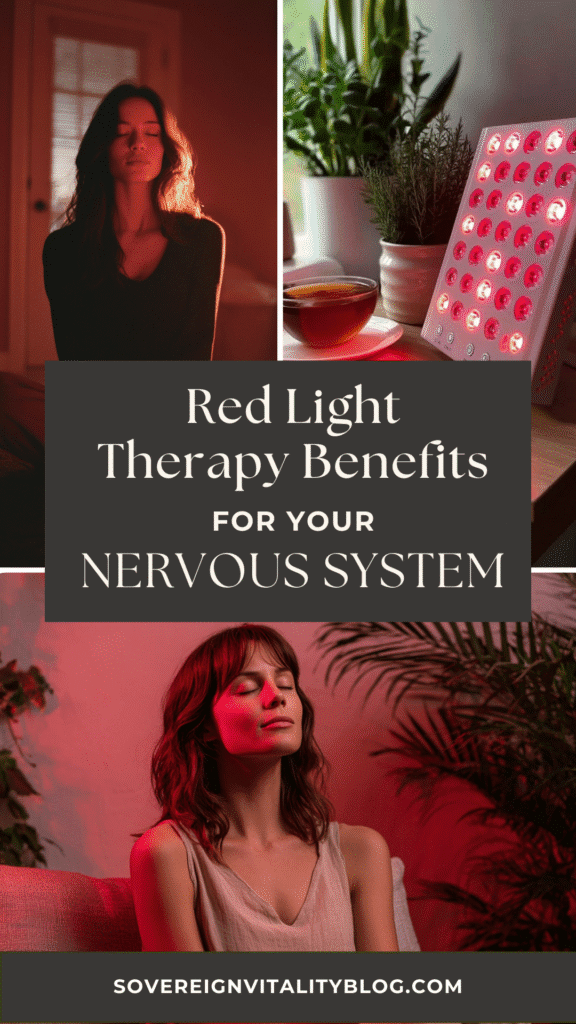
Why Autumn Brings a Dip in Energy
Our bodies are wired to follow the sun. Sunlight is more than warmth on the skin, it helps regulate circadian rhythms, tells our bodies when to produce melatonin for sleep, and boosts serotonin for mood and motivation.
When daylight hours shorten, so does our natural supply of this energetic fuel.
For me, this shows up as slower mornings, heavier afternoons, and a restless kind of fatigue that no amount of coffee seems to fix.
It’s not a failing or a weakness, it’s simply the body asking for support. Just as we add layers of clothing in fall, we can also layer in new forms of care for our nervous system and energy levels.
What Red Light Therapy Really Is
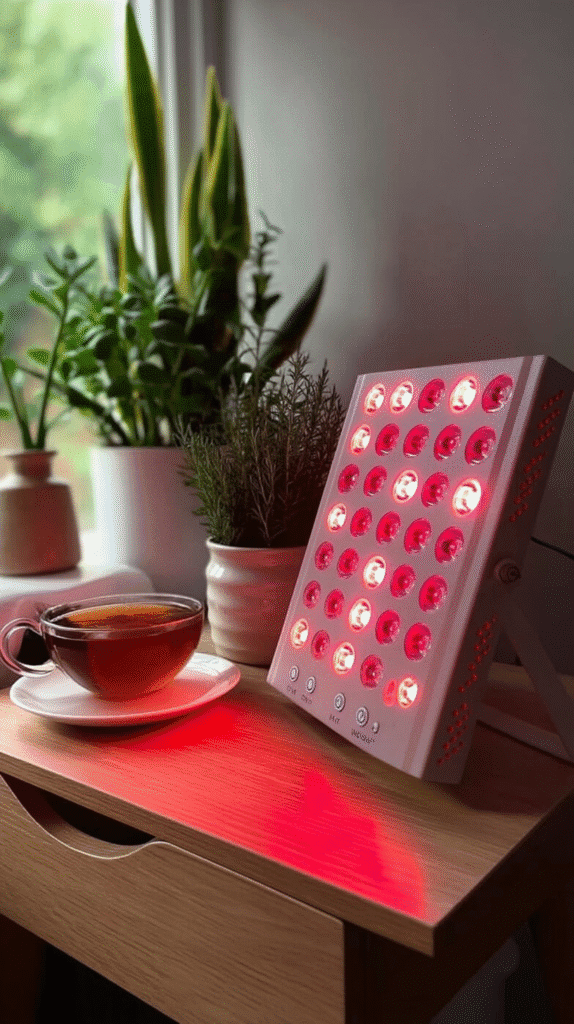
At its core, red light therapy is a way of bringing sunlight’s essence indoors.
Devices like the one I use emit safe wavelengths of red and near-infrared light that penetrate the skin, gently stimulating the body on a cellular level.
The effect feels subtle at first, but over time it builds like sunlight filling a room, restoring balance where darkness had settled in.
Holistically, I think of light therapy as a way to invite nature’s rhythm back in when it feels distant. This reminds the nervous system that light still exists, that energy can flow, and that balance is always possible.
My Experience with the Hooga HG200
When I first started exploring light therapy, I wanted something simple, affordable, and effective. That search led me to the Hooga HG200 Red Light Therapy Device, which I now use daily in the fall and winter.
I keep it on my desk and let the warm glow wash over me while I sip tea and ease into writing.
What I love most is how easy it is to incorporate. Ten minutes in the morning feels like a reset button, helping me step into the day with a clearer head and lighter energy.
Unlike a bright white light box, which can sometimes feel clinical, red light feels grounding and gentle, almost like sitting near a fire. It’s become one of those small rituals that carries me through the darker months.
If you’re curious to try it, the HG200 is an effective place to start. It delivers the red and near-infrared light wavelengths studied for energy, recovery, and mood support without taking up much space.
For me, it’s been one of those investments that pays me back in how much steadier I feel as the season unfolds.
How to Use Light Therapy in Daily Life
The beauty of light therapy is its simplicity. You don’t need elaborate routines or long sessions to notice a shift. A few minutes most days is enough to gently nudge your system back toward balance.
Here are some of the ways I use it:
- Morning boost: I turn on my device while journaling or drinking tea. It helps me feel alert without jolting my system like caffeine does.
- Afternoon reset: On sluggish days, I’ll use it for 5–10 minutes after lunch instead of reaching for another cup of coffee.
- Consistency: The benefits build over time. I notice the biggest difference when I use it daily, especially during the shorter weeks around November.
The key is to weave it into rituals you already have, so it feels natural rather than like one more task on your to-do list.
Complementary Fall Rituals
Light therapy is powerful, but I find it works best when combined with other small practices that honor the season. Together, they form a holistic rhythm that keeps both body and mind nourished.
- Morning grounding: While using my light, I often sip lemon balm tea. Its calming effect balances the stimulating clarity of the red light.
- Nature walks: Even cloudy skies offer natural cues that help regulate circadian rhythms. A brisk walk or forest bathing session among falling leaves clears the mind in a way no device can replicate.
- Magnesium-rich foods: Fall is abundant with foods that naturally calm the nervous system—squash, pumpkin seeds, and dark leafy greens. Roasting a pan of vegetables feels both grounding and restorative.
- Evening rituals: To balance the brighter mornings, I keep evenings soft with herbal tea, journaling, and dim light. If sleep feels disrupted, I’ve shared a few of my favorite natural sleep remedies that pair beautifully with this season.
A Fall Morning Routine with Light Therapy
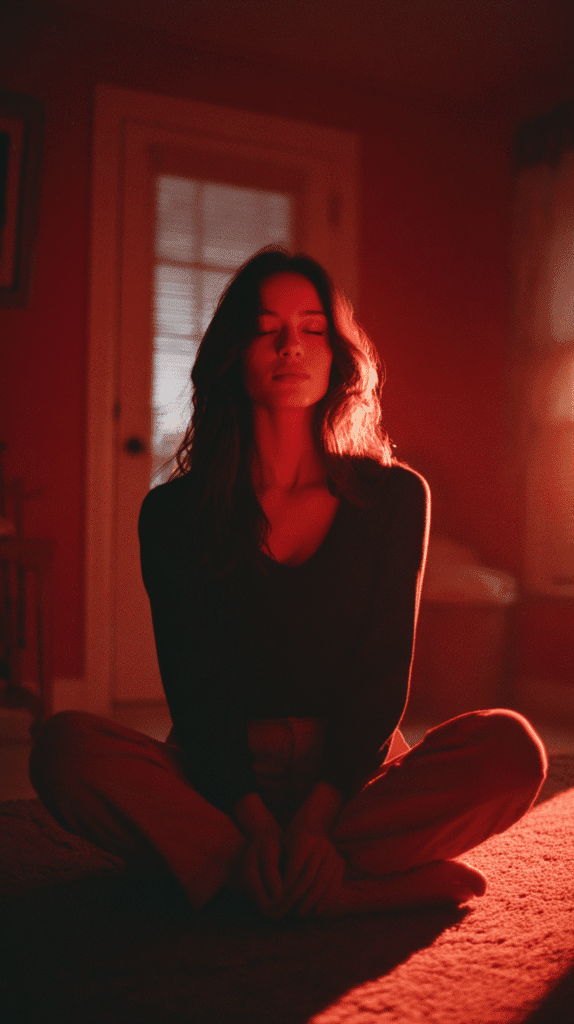
If you’re looking for a place to begin, here’s a simple rhythm that has worked beautifully for me:
- Wake slowly, open the blinds, and sip a warm cup of tea.
- Spend 10 minutes with the Hooga HG200, letting the light support your body as you write, meditate, or simply breathe.
- Stretch or step outside for a short walk, even if it’s just around the block.
It’s amazing how a short, intentional routine can reshape the rest of the day. The heaviness lifts, and energy feels steadier and more sustainable.
For more fall morning routines that balance your nervous system, read this post.
Closing Reflections
Autumn doesn’t have to feel like a season of depletion.
With the right tools and rituals, it can be a time of deep nourishment and recalibration. For me, light therapy has been a way of inviting back the brightness that the season takes away.
Paired with simple holistic habits like nourishing meals, time outdoors, and grounding teas, it becomes part of a sovereign rhythm that honors both the light and the dark.
If you’ve felt the weight of autumn fatigue, know that there are gentle ways to restore your vitality. Light therapy may be modern in form, but its essence is timeless: giving your body the reminder that even in shorter days, light still belongs to you.

